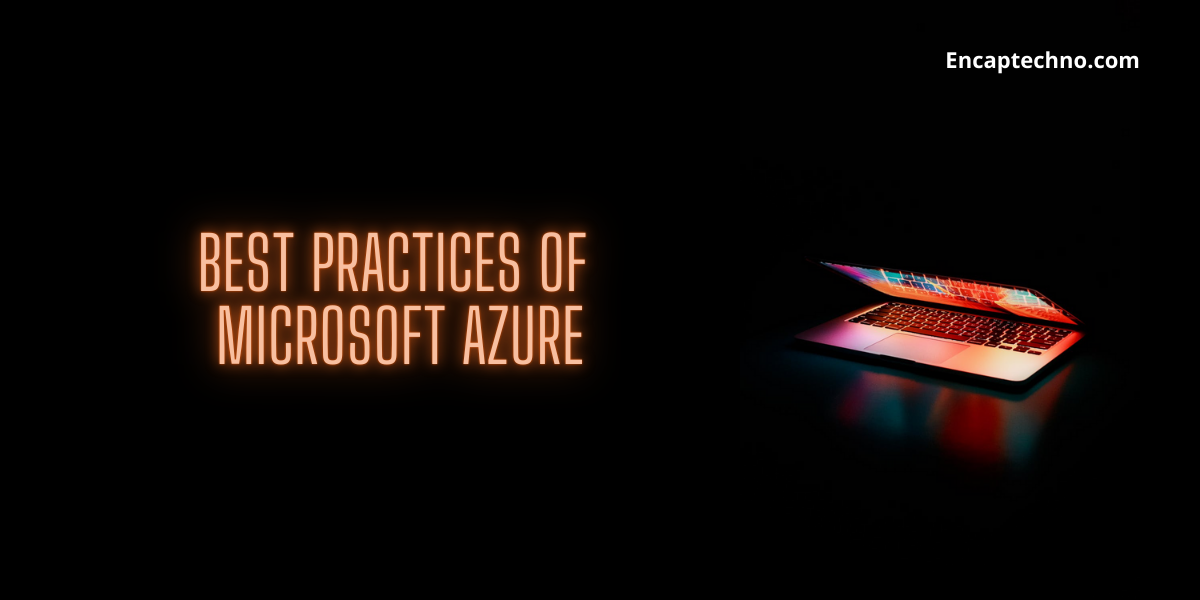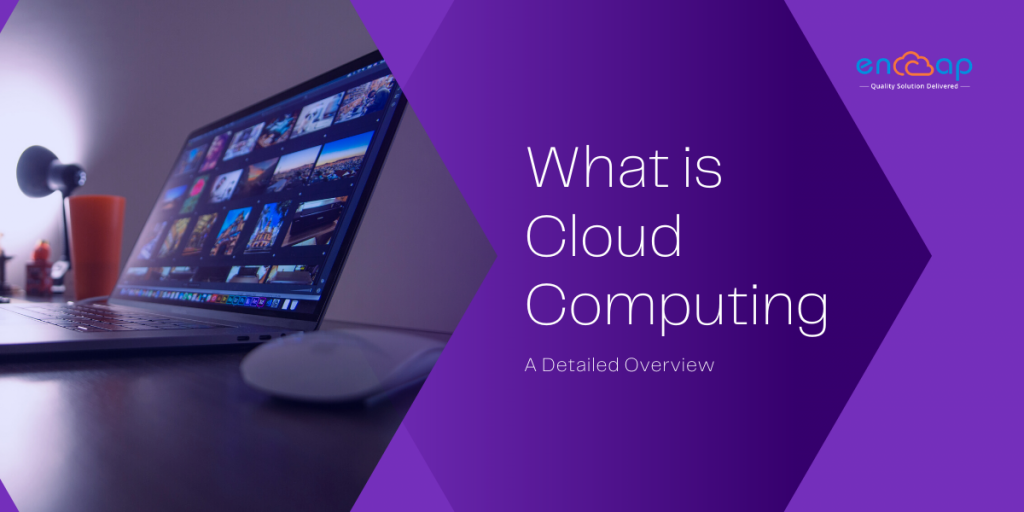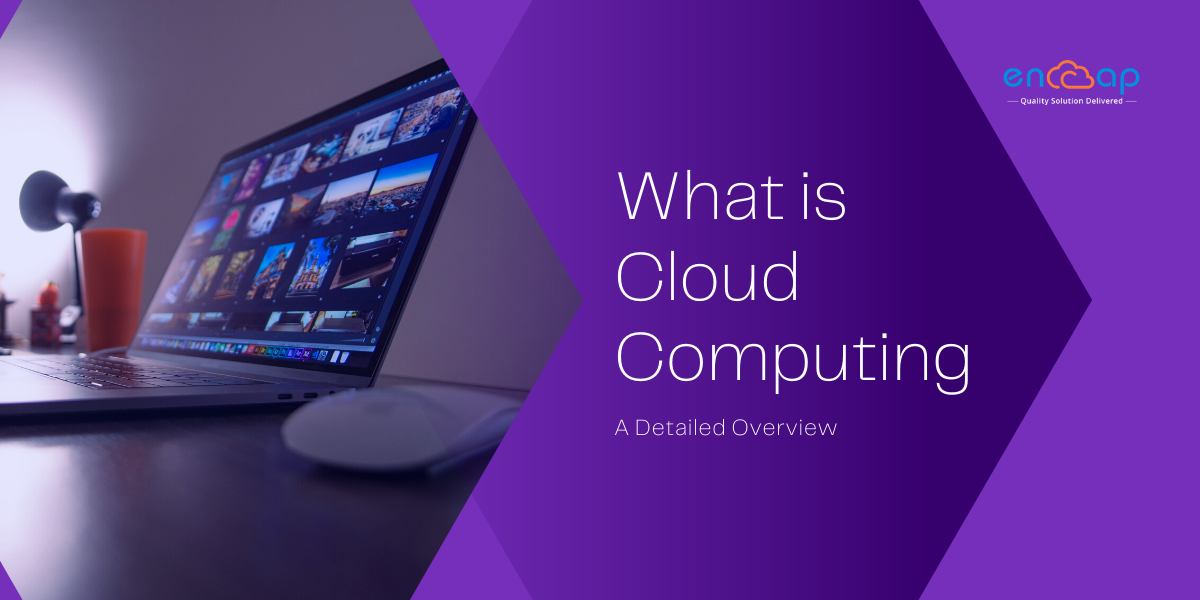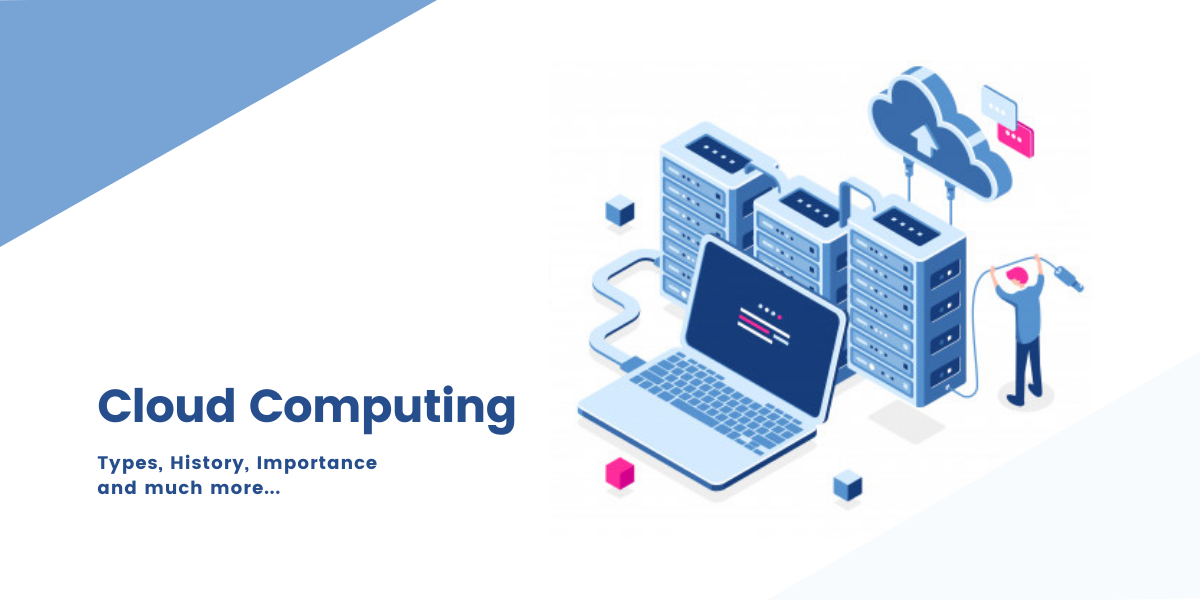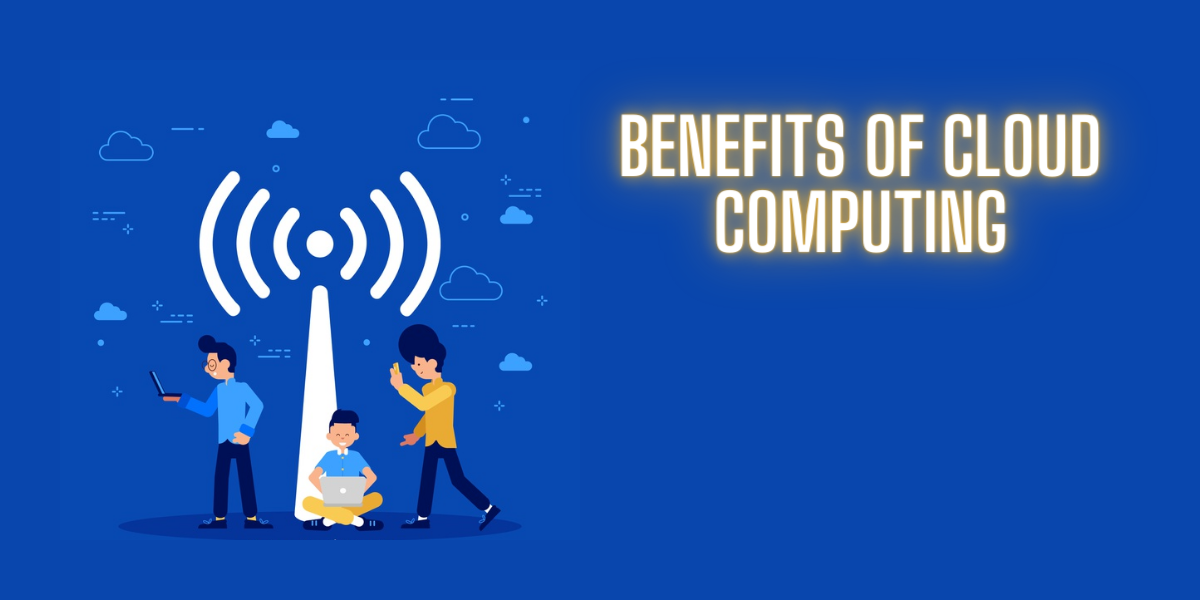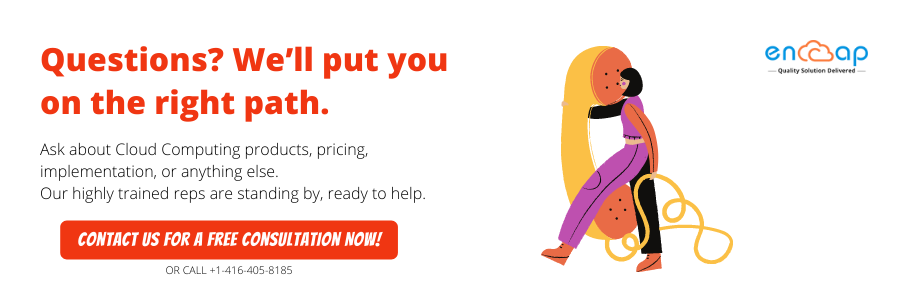The Detailed Overview Of Microsoft Azure
In case you are looking to learn more about Microsoft Azure including how a company can possibly benefit from azure cloud services deployment then you are at the right place. In this blog, we will be looking at a detailed overview of Microsoft Azure, which will not only cover the fundamentals but also give an in-depth understanding of why it is helpful for the organizations.
So, let’s begin:
What is Microsoft Azure?
Azure cloud is a computing platform that can offer almost everything a business needs to run or part of its computing operations virtually, including the servers, databases, networking, analytics, storage, or more.
In the past years, the only option that was available to companies was that of building and managing the physical hardware needed for computing, disk storage, servers, and the Ethernet switches. However, at the present time, organizations have the option of using a public cloud computing platform like Azure that purchases and maintains all the computing hardware. This means that the company sources can use the hardware at any time it is needed.
With Microsoft Azure, companies can choose any one of the services for getting the support required for normal business operations like building, deploying, and managing applications.
Multiple companies choose to use a combination of cloud computing and on-premise data centers. Some of them even plan to utilize the azure cloud services depending on the specific needs and requirements. In case you are concerned about making a serious change in your computer environment or if you feel like going ahead with the azure cloud services deployment, then do not worry. With the help of azure consulting, you can get just what you need.
Who Uses Microsoft Azure?
All businesses, regardless of their sizes use the public cloud and many of them choose Azure because it is appealing with many features. Azure cloud helps the businesses to avoid huge capital outlays for equipment while removing any burden of upgrades and maintenance because small organizations might not have in house experts readily available to provide support. Since Azure makes it easy to add or remove computing resources in a matter of minutes as compared to hours, it offers improved flexibility that businesses cannot have with a traditional on-premise data center.
Features of Microsoft Azure:
After you know what Microsoft Azure and the way in which it works, understanding why so many businesses use it is no longer a big deal. There are many good reasons why an increasing number of companies prefer Microsoft Azure.
Below mentioned are some of the most important features that are beneficial to most of the businesses:
1. Back-up and Data Recovery: Azure cloud is mostly like a data backup and disaster recovery dream tool. This is because it is flexible, offers, and advanced site recovery, and comes with built-in integration. Being a cloud-based solution; it is innately flexible because it can back up the data in any language, on any kind of operating system, and from any location. Additionally, you have the choice to define the extent and frequency of the back-up schedule.
The tape back-up has a time and place, however, it is limited in its abilities to stand alone for backup and disaster recovery solution. The Azure site recovery can enhance the tape back-up with an off-site replication, minimum on-site maintenance, and up to ninety-nine years of data retention, minimal operational costs, or no capital investment.
The Azure backup stores three copies of data at three different locations in the data center and then another three copies in a remote Azure data center so that there is never any worry of losing data. In case you are in the Windows Virtual environment then the Azure built-in integration for additional backup is one of the fastest and easiest solutions. The Azure site recovery integrates with the HyperV and System Centre architecture while creating a robust connection between Azure, System Centre, and HyperV.
2. Host and Develop Applications: Irrespective of whether you are looking for a platform for hosting, managing, or developing a web or mobile app, Microsoft Azure makes these apps autonomous and adaptive with patch management, integration, and AutoScale for the on-premise applications.
With the help of automatic patch management for the virtual machines, one can spend less time managing the infrastructure and focus on enhancing the applications. The Azure cloud also comes with continuous deployment support, which allows streamlining the ongoing cost updates.
AutoScale is actually a feature that is built into the Azure web applications that adjusts your resources automatically based on the customer web traffic so that you have the resources you need at the time when the traffic is high while saving money.
With the help of Azure, you can easily link your web apps to an on-premise app. Connecting applications in both locations allow both the employees and partners to safely access resources inside the firewall that are otherwise difficult to access.
3. Distribute and Supplement Active Directory: With the help of azure consulting, you can integrate your active directory for supplementing both your access capabilities and identity. This will give your DNS a global reach, robust security, and centralized management. Azure lets you globally distribute an active directory environment that is direct connect enabled.
The capability of Azure to extend the reach of your domain controller and consolidate AD management is unlike any other cloud provider. In case you have multiple locations or use on-premise and cloud applications like that of Microsoft 365 then active directory integration with Azure will be the main tool for managing and maintaining access to all tools.
Microsoft Azure also allows using the multi-factor authentication by adding a new layer of security to the data and applications with a seamless for the users. One can simply implement the single sign-on for Windows, Android, iOS, and Mac cloud apps.
4. Easy Access to Resources: Azure cloud comes with computing services that offer a vast number of resources that would not have been there on an on-premise data center normally. For example; many organizations are looking forward to applying machine learning and automation to their data analysis for enabling better decision making.
With the help of Azure, you can simply include all needed capabilities into your system without any need for data science expertise or costly resources. For example; if you want to deploy a Linux server, that in a traditional computing environment requires a series of rules to get up and running.
This might take anywhere between a couple of hours to some days for completion. However, with the help of Microsoft Azure, this can be completed quickly.
5. Cost Efficiency: One of the best features of the Azure cloud is its cost-efficiency. There are actually three main reasons why Azure is so effective when it comes to cost-efficiency. The first is there is no need to make large initial investments associated with building an on-premise or remote data center.
Cloud computing can eliminate the need to buy any additional software for development or increased workloads down the road. There will be no need to purchase replacement hardware and one can avoid all the costs associated with service calls and warranty renewals.
Lastly, you will not have to pay for any resources other than the ones in need because Azure bills on the basis of per second used which is rounded down to the last minute.
6. Innovate with IoT solutions: The security, flexibility, and scalability of Microsoft Azure make it one of the best resources for companies moving towards the IoT solutions. You can connect all your devices to the cloud using solutions that integrate with the existing infrastructure by collecting new data about your company.
The Azure IoT Hub helps in monitoring and managing billions of devices and gain insights to help in making better business decisions, enhance customer experience, decrease complexity, lower costs, and speed up development. With the help of enhanced security offered by Azure in IoT solutions, the security gaps that otherwise lead to hacking can be avoided.
Some of the other benefits include remote monitoring and predictive maintenance and analytics. Getting started with the Azure IoT solution accelerators and preconfigured templates that can be customized on the basis of your needs is very easy.
Managing Azure Services
The primary interface responsible for managing the Azure subscriptions is called the Microsoft Azure Portal. This includes a customizable dashboard that provides information at a glance about the running services as well as the point and clicks interface for adding, configuring, and deploying the new Azure resources.
With the help of the Azure portal, one can deploy, manage, and monitor the resources in groups by the Azure Resource Manager. For some repetitive tasks, you can use the PowerShell and the Azure Command Line Interface. The custom dashboard allows in monitoring the operation and performance of Azure-based applications and infrastructure including the ability to question and analyze the logs.
In order to avoid any surprises, you can step up alerts to receive notifications or critical conditions and assign automated actions based on the user-defined triggers. The Azure Security Centre offers a numeric score that is helpful in analyzing the performance of cloud-based resources that stack up against the security best practices.
Based on this score, the AI-based service provides recommendations to help in remediating any vulnerability while hardening these resources against threats. In the end, a separate Cost management center allows in analyzing usage-based costs, configure alerts for avoiding unpleasant budget surprises, and review recommendations for reducing any waste.
Best Practices of Microsoft Azure
After you begin using Azure, there are some of the best practices that must be followed to make sure that you get the complete benefit of the platform. In order to make the most of your investment on the Microsoft azure migration, below given are some of the best practices that you can follow:
1. Data Migration: You are more than likely to have successful migrations in case you completely understand the inside and outside of your business application as well as what Azure has to offer. Some applications can be made easily in the cloud rather than transitioned like the ones that indirectly support the front end services and hold no actual data.
For example; you might waste your time and resources moving an existing firewall over to an Azure IaaS when it can prove to be more helpful if you use a firewall PaaS from the Azure marketplace. By becoming familiar with the available options, you will make your job easier, which will ultimately save time in the long run.
2. Cloud Access Management: The administrators need access to the Azure resources, but at the time some form of gate keeping is also necessary for data protection. With so many experts calling the one-factor authentication unreliable, there is a better security level required.
The Azure Multi-factor Authentication is actually a two-step verification solution introduced by Microsoft which requires two or more verification methods. By enabling this feature, you can manage to access your application.
3. Resource Management: Microsoft defines resources such as virtual machines, networks, and databases as manageable items that are available through Azure. It is necessary to keep a track of all important resources by giving them defining parameters. In order to do that, you can take the benefit of the Azure Resource Manager.
It gives the tools that are needed in tracking and managing the resources. For example; the resource manager provides an ability to create resource groups that hold the related for different Azure solutions whether they are IaaS, PaaS, or SaaS offerings.
The resource groups are arranged so you can easily monitor, control access, and manage the billing in combination with one another. Most of the applications are made up of many resources, each offering full visibility.
Conclusion:
Microsoft Azure has been experiencing remarkable growth in recent times and it is expected that it will continue developing new features and services that will make it rise in the coming future. In case you are looking to become one of the businesses that are already using Microsoft Azure then the detailed overview given above will be extremely beneficial.
As one of the leading Azure consulting providers, Encaptechno can help your business succeed with the help of Azure. Our team makes sure that the entire thing becomes powerful and easy to use for you. With our assistance, your IT teams can learn a simple way to administer, monitor, and secure the cloud resources.
Get in touch with us to help you in quick and easy migration of existing virtual machines to Azure. In case you have any questions or you like to learn more about how we can help businesses succeed, do not hesitate to get in touch with us.
The Detailed Overview Of Microsoft Azure Read More »
Cloud Services




